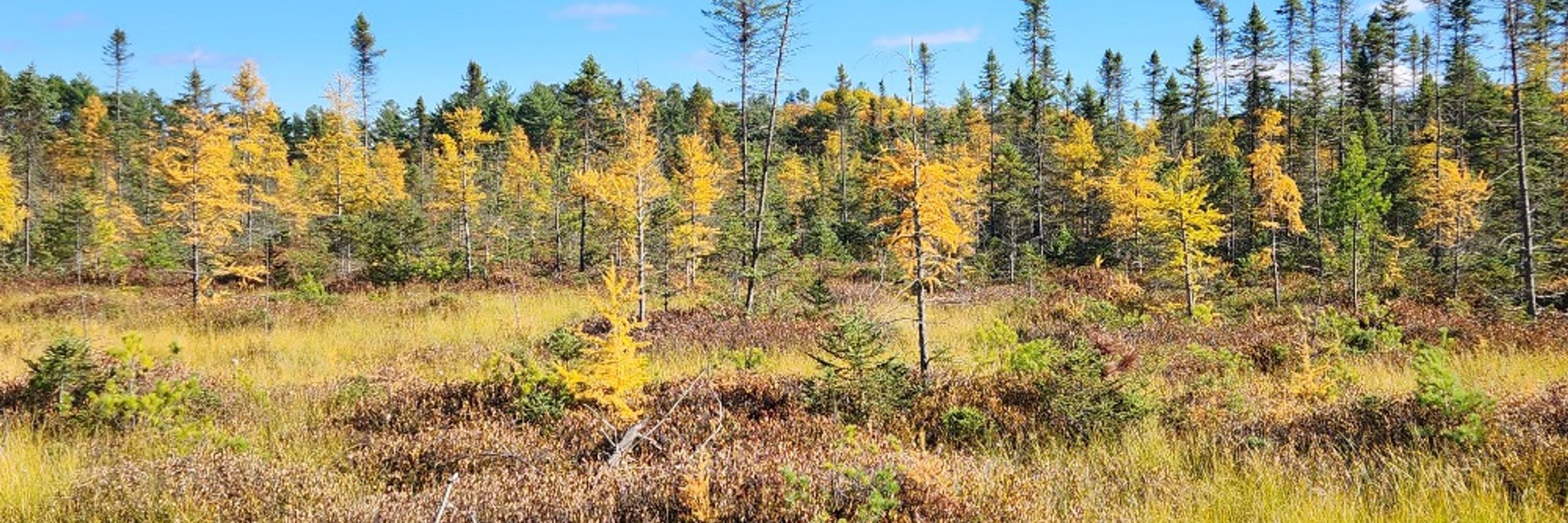Steve Voelker
@thetreecorener.bsky.social
2.1K followers
1.7K following
310 posts
Mostly a forest, tree and plant nerd. I teach about climate change. Expert in plant ecophysiology & stable isotopes & dendrochronology. I also study fish through their otoliths. Husband and Dad. Assoc Prof of Forest Ecology & Mgt at Michigan Tech.
Posts
Media
Videos
Starter Packs
Reposted by Steve Voelker
Reposted by Steve Voelker
Reposted by Steve Voelker
Reposted by Steve Voelker
Reposted by Steve Voelker


























